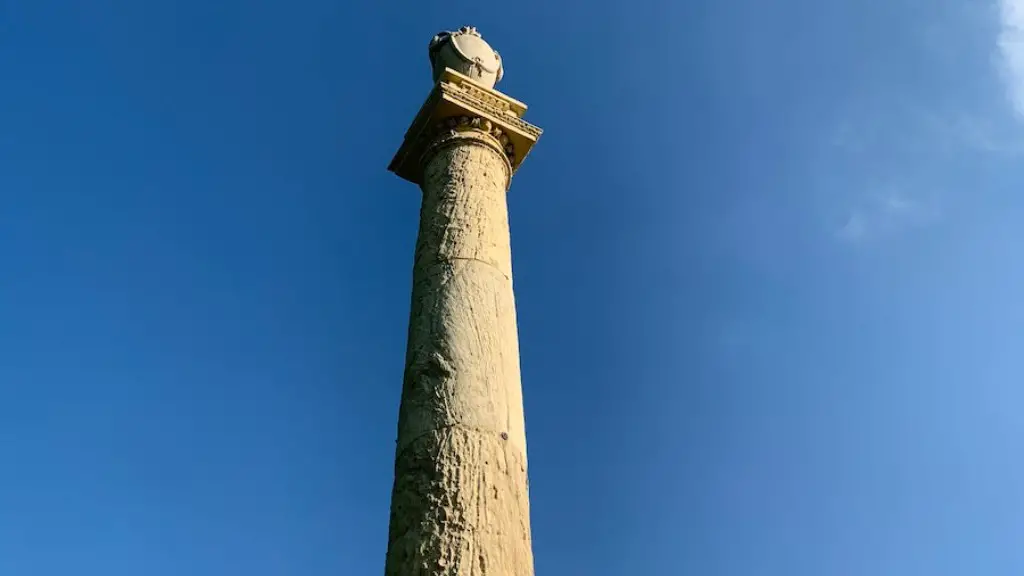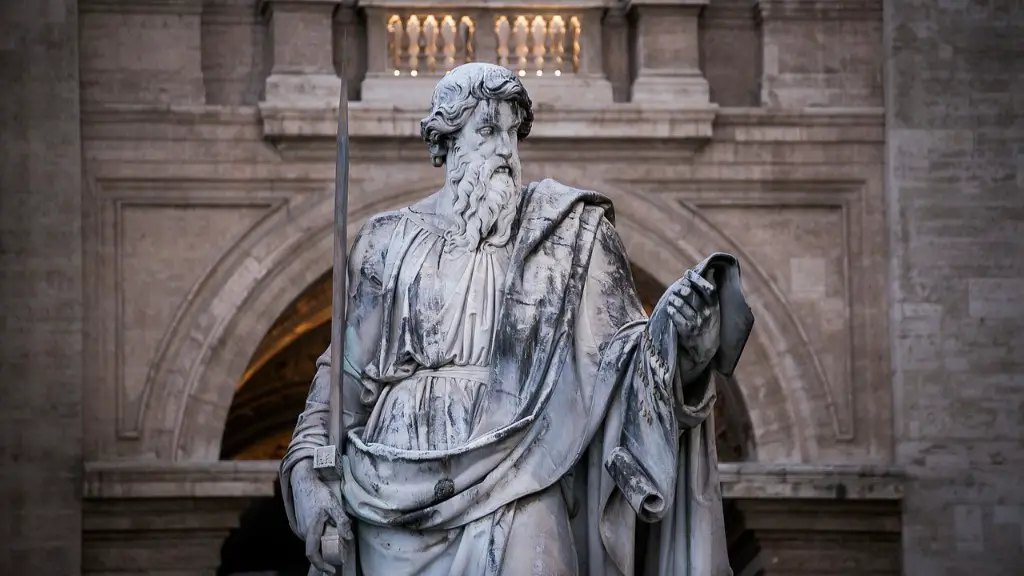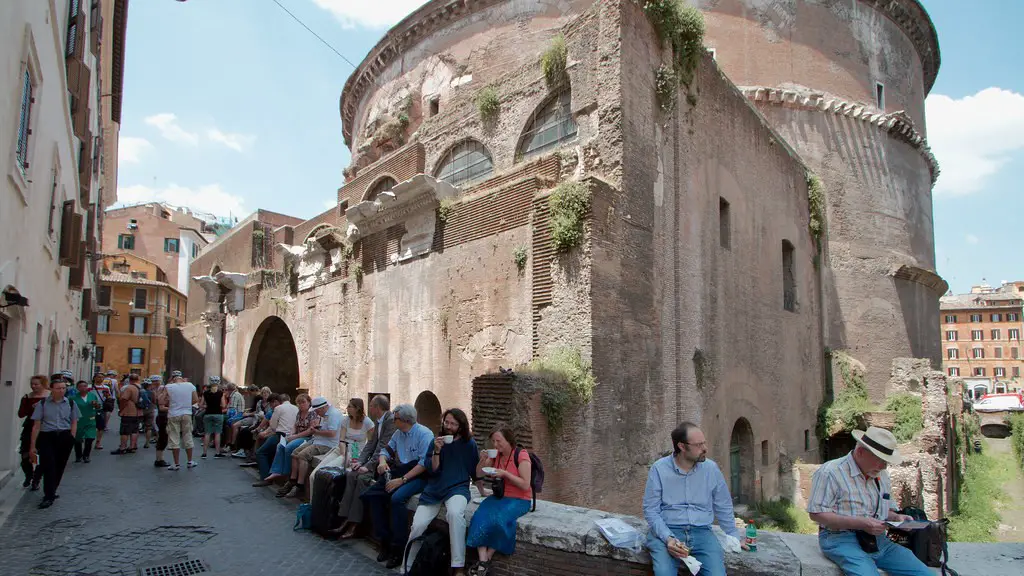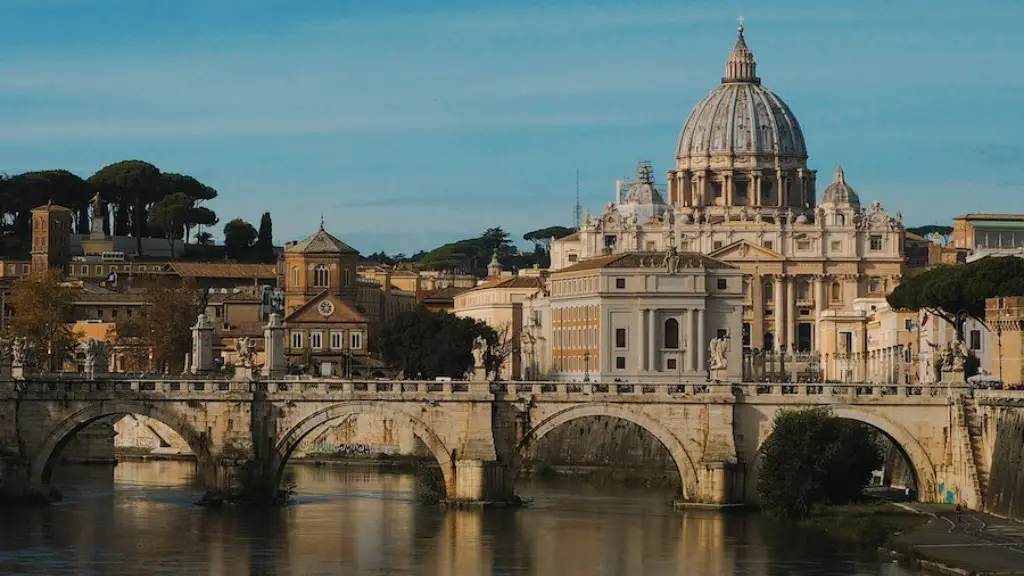Since ancient times, Rome has been an important center for trade. The city was located at the crossroads of several major trade routes, making it easy for merchants to transport goods to and from Rome. In addition, Rome had a large and varied population, which created a demand for a wide range of goods.
Ancient Rome traded a variety of goods, including food, wine, olive oil, livestock, and slaves. Roman merchants exported these goods to other parts of the Mediterranean and beyond. In return, they imported luxuries from other parts of the world, such as spices, incense, and silk.
Trade was an important source of income for Rome, and it helped to support the city’s large population. The trade of goods also helped to spread Roman culture and influence around the Mediterranean and beyond.
Ancient Rome traded a variety of goods, including food, wine, pottery, metalwork, and fabrics. Rome also traded with other regions for raw materials such as iron, tin, and copper.
What goods did the Romans trade?
Grapes, oil, and grain were a few of the major exports from the Roman Empire. These crops were used to make items such as olive oil, wine, and cereals, which were then exported to other countries. Rome also imported some food items, such as beef and corn.
The Romans traded with Britain for silver and wool. They imported dyes and spices from the south-eastern part of their Empire.
What was ancient Rome’s economy and trade
The Roman economy was largely based on agriculture and trade, with small scale industrial production supplementing these mainstay activities. The vast number of citizens and legionaries who populated the Mediterranean region meant that the main concern of the Roman economy was feeding these people. This was achieved through a combination of large-scale agricultural production and trade with other regions. The agricultural production was able to provide a steady supply of food for the population, while the trade allowed for a greater variety of goods to be available.
The Roman Empire was a vast and powerful empire that stretched across Europe, North Africa, and the Middle East. At its peak, the Roman Empire was one of the largest empires in the world. The Roman Empire was made up of many different regions, each with their own unique climate, resources, and culture. The Roman Empire was connected by a network of roads and trade routes. These routes allowed for the flow of people, goods, and ideas between different parts of the empire. The traders who traveled these routes were essential in connecting the different parts of the empire. They brought goods from one region to another, and they helped to spread new ideas and knowledge.
Who did the Romans trade with most often?
The establishment of trade routes to the East by the Roman Empire was a way to satisfy the needs of its wealthy citizens. Every year, ships laden with Mediterranean commodities would sail to the ports of India and China, bringing back exotic luxuries, such as cinnamon, ivory, pepper, and silk. This trade was beneficial for both the Roman Empire and the East, as it allowed for a exchange of goods and an expansion of cultural knowledge.
The Romans were a major trading civilization and their main trading partners were Spain, France, the Middle East and North Africa. They imported a variety of goods including beef, corn, glass, iron, lead, leather, marble, olive oil, perfumes, timber, tin and wine. Britain was also a major trading partner of the Romans and they exported lead, woollen products and tin. In return, they imported wine, olive oil, pottery and papyrus.
How did ancient Rome get goods?
The Roman Empire was a major consumer of goods from all over Europe, Africa and the Near East. Big cities like Rome had to import large amounts of food from all over the empire. Luxury goods also came from all over Europe, Africa and the Near East. Silk came on camel caravans from China. Ships brought spices, jewels and perfumes from India.
The Romans made trade as easy as possible. There was only one currency used and there were no complicating customs dues. Trade was also encouraged by many years of peace within the Empire. Trade was vital to the success of the Empire.
What did Rome’s economy rely on
The Roman Empire was an agricultural society, which means that the vast majority of the population was employed in agriculture. The economy was based on agriculture, which was the main source of income for the empire.
Seafood, meats, and veggies have been popular in Italy since antiquity. The mainstay of the Italian diet has always been fresh, simple, and nutritious. Olive oil and wine are also integral parts of the Italian diet and have been so for centuries. The Mediterranean diet, of which Italian cuisine is a part, is considered one of the healthiest diets in the world.
What goods did the ancient world trade?
Early trade between cultures largely focused on the exchange of luxury goods like precious metals, spices, and fine textiles. However, as transportation by ship became faster, more reliable, and cheaper, even mundane items like olives and fish paste were exported across great distances. This increased trade between cultures helped to stimulate economic growth and communication between different peoples.
South India was a major source of gold, spices, and precious stones in the ancient world. Pepper was particularly valued in the Roman Empire, and traders often carried these goods to Rome by sea and land. The region was also famous for its splendid architecture and beautiful temples.
What did Rome trade on the Silk Road
The Silk Road was a network of trade routes that connected China and the Mediterranean. Chinese merchants exported silk to Western buyers in Rome and later in Christian kingdoms. In return, they received wools, gold, and silver from the West.
Italy is a country located in Southern Europe. Farm productivity in Italy is low, around 1 ton per hectare. The main crops grown in Italy are olives and grapes. Two-tier crop rotation is practiced in Italy, but it is not very effective in increasing crop yields.
What was the most important trade commodity in Rome?
The grain trade was one of the most important aspects of Roman society. Without it, the people of Rome would have starved to death. Every year, more than 400,000 tonnes of grain from Africa, Egypt and Sicily passed through Ostia and the port of Puteoli near Naples on the way to Rome.
The Romans frequently traded enslaved people across and within the borders of their territory. This practice was Maurus says common, and it was not uncommon for enslaved people to be traded several times before finally being sold to a Roman household.
Warp Up
The Roman Empire was an economic powerhouse, with a complex system of trade and commerce. Ancient Rome traded a wide variety of goods, including: precious metals, jewels, spices, wine, olive oil, slaves, and even live animals. Rome’s vast network of trade routes allowed them to acquire and distribute these goods to all corners of their empire.
Ancient Rome traded a variety of goods, including food, wine, oil, slaves, and weapons. Rome was known for its grandiose architecture and for its many beautiful statues and artworks. Its culture and art were highly respected and traded widely. Rome was also known for its great military power and for its vast empire.





